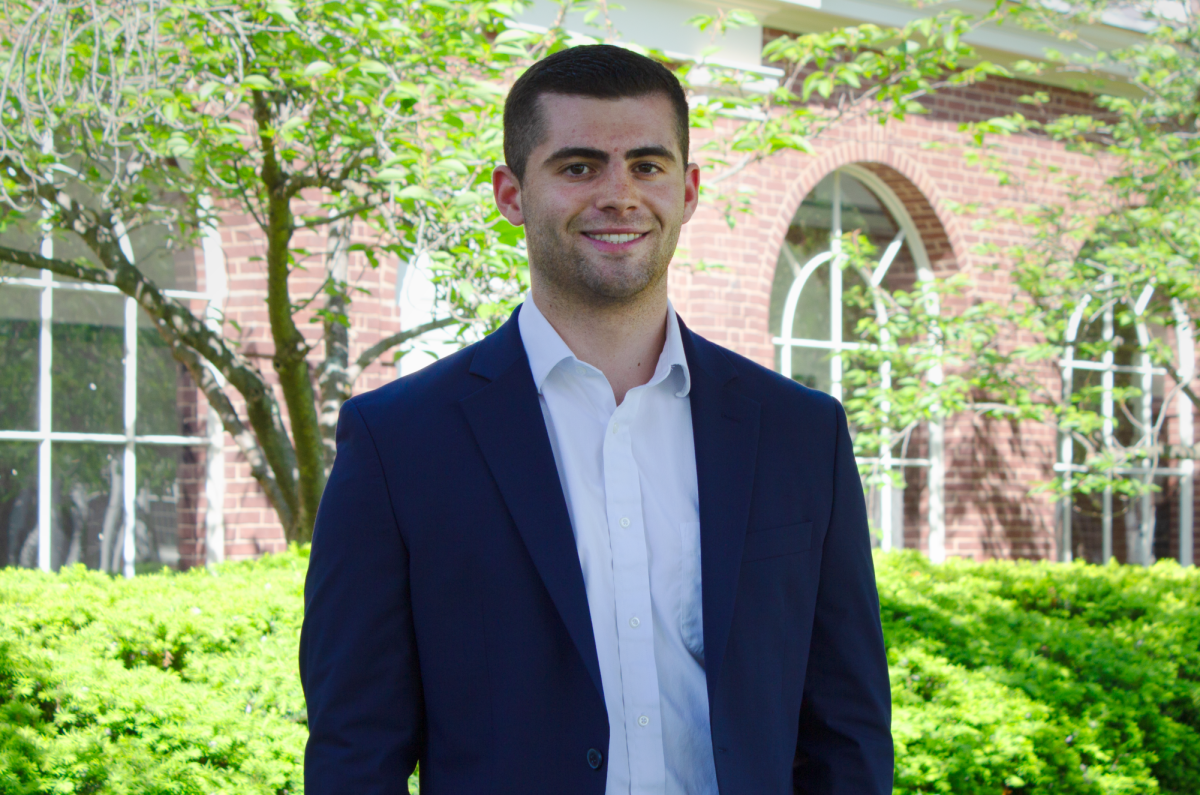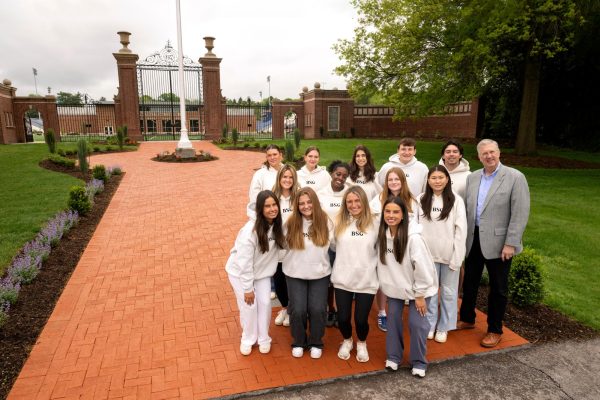Editorial: Same weapon, same pattern of response: mass shootings won’t wait for congressional leisure with gun control
February 15, 2018
As of this past Wednesday, Feb. 14, Marjory Stoneman Douglas High School in Parkland, Fla. can be added to the growing list of mass school shootings in the United States. In fact, it has made the top ten. The casualties are high: at least 17 have been reported dead and 16 injured. The suspected gunman, Nikolas Cruz, is in police custody.
Our first reaction: how many more times does this have to happen before stricter gun laws are enacted? How many more school children have to die before Congress takes action?
Many congressional representatives and media outlets had the same response, and have been quick to point out the similarities between Parkland and other mass shootings in the country’s recent history, specifically the lack of legislative change that will follow the event. Two Democrats from Connecticut, who were in office at the time of the Sandy Hook elementary school shooting, spoke out.
Congressman Jim Himes (D-CT) said on Wednesday, “The pattern will be perfectly predictable. There will be a moment of silence, people will wish everybody thoughts and prayers and sympathy for the victims, and then the Congress of the United States will do absolutely nothing.”
Senator Chris Murphy (D-CT) echoed this sentiment, claiming that these mass shootings have “zero parallel anywhere else,” and that it is entirely a “consequence of our inaction.” He went on to say, “As a parent, it scares me to death that this body doesn’t take seriously the safety of my children.”
Despite the predicted course of administrative response, perhaps the most notable similarity of Wednesday’s shooting to past events was the weapon used in the attack. The New York Times states that the semi-automatic rifle, an AR-15, was the exact model used in many of the deadliest mass shootings in U.S. history, including those which took place in a movie theater in Aurora, Colo., a church in Sutherland Springs, Texas, a music festival in Las Vegas, Nev., and at an elementary school in Newtown, Conn.
According to the New York Times, the same qualities that make the gun appealing to consumers also make it appealing to mass murderers.
The AR-15 shoots quickly, covers long distances, and has an exponentially stronger collision-impact compared to a standard handgun, according to the Huffington Post. The weapon is designed to send ammunition at a rate fast enough to enter and exit a human body with enough momentum to continue flying. One round of fire is enough to cause deadly trauma. In fact, one of its designers claims it is meant to create “maximum wound effect,” according to Rolling Stone magazine. While this can be and was successfully marketed to the military as an efficient firearm, we believe these features are not only unnecessary, but radically dangerous for civilian use.
However, they are currently marketed as “modern sporting rifles,” to avoid being confused with assault-style rifles. We find this confusion warranted, however, due to the striking similarities between the two categories of weapons. It is important to note that the AR-15 was originally designed as an automatic rifle to be used by the U.S. military in the 1950s, although the consumer version is only semi-automatic – which allows one shot for each pull of the trigger. Equally important to note is that the AR-15 model was illegal under the Federal Assault Weapons Ban, which was enacted in 1994 and expired in 2004.
The implication of the terminology “modern sporting rifles” insinuates an eerily apathetic approach to the profoundly serious nature of mass shootings, which are anything but recreational.
How many more times does this weapon have to be used for something other than “sport,” for something deadly and sinister, before it’s banned from consumer use? Our hope is that just because the same weapon was used in Parkland as the shootings in Sandy Hook, Las Vegas, and others, the same pattern of response does not emerge from Congress.





















